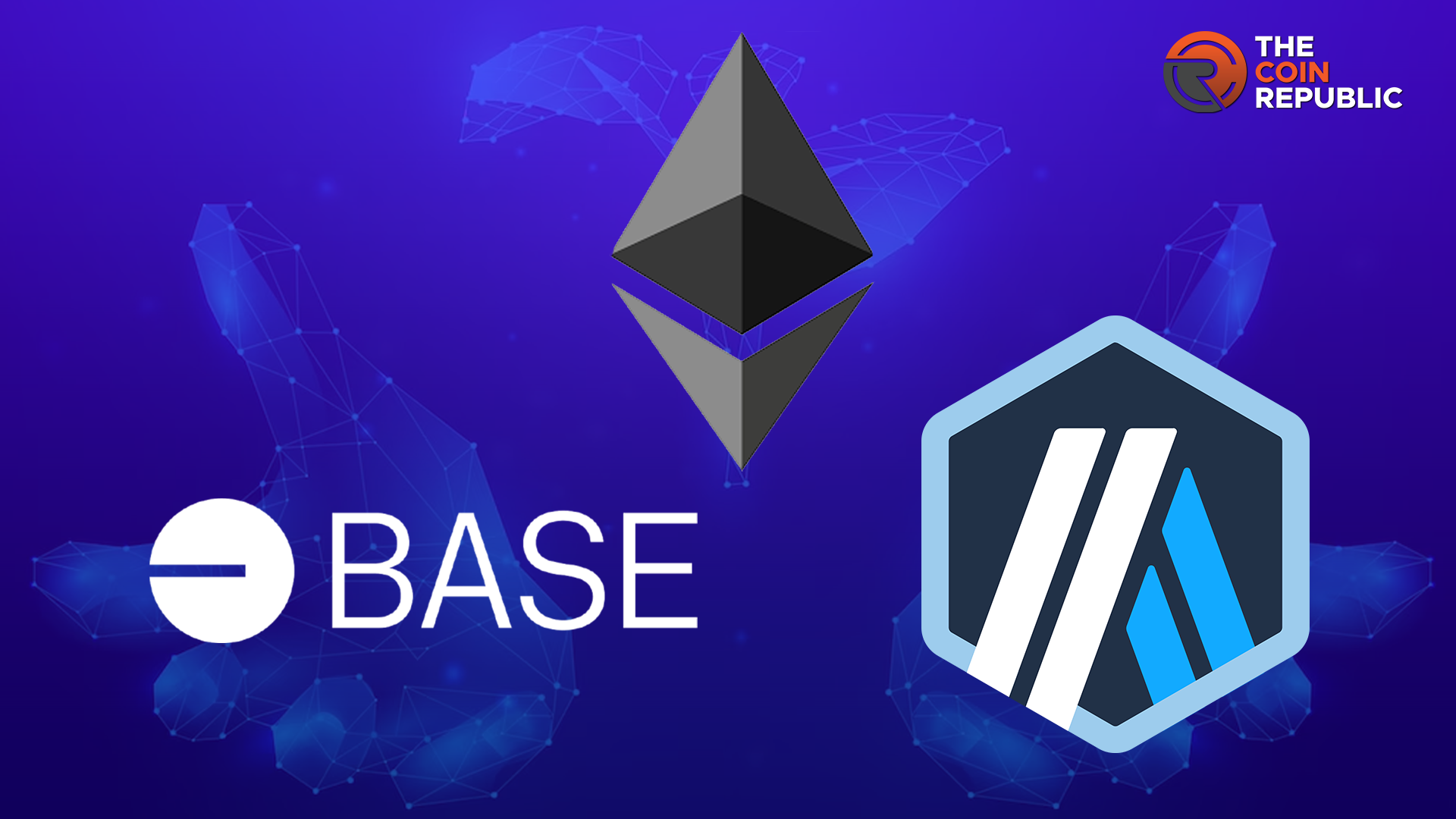Coinbase’s Layer-2 blockchain, Base, has recorded a major milestone in its bid to surpass Arbitrum. Both operate on the same Ethereum blockchain, but Base’s performance has made it stand out.
Will Base Flip Arbitrum?
An IntoTheBlock’s X post hints that Base’s Total Value Locked (TVL) might soon replace Arbitrum as the largest Ethereum Layer-2. TVL represents the total assets held or locked in the blockchain and helps measure a platform’s popularity.
It also indicates the usage level in the Decentralized Finance (DeFi) space. As of this writing, data from DeFiLlama places Arbitrum’s total value locked at $2.595 billion, approximately $337,000,000 ahead of Base.
– Advertisement –
Base’s TVL stands at an impressive $2.358 billion, with the potential to close the gap by expert estimation. The stunning thing about Base’s accomplishment lies in the short duration within which the platform attained it.
As highlighted by IntoTheBlock, “Base, the L2 blockchain from Coinbase has been live for just over a year.” Base has gained considerable traction regarding user adoption, transactions, and overall activity in the ecosystem.
This marks a significant development as Arbitrum has maintained dominance in the Layer-2 solutions’ ecosystem. However, Base has huge potential to flip it now and position itself as the leading Ethereum Layer 2 network by TVL.
Base’s Competitive Advantages – Speed, Cost, and Scalability
Base’s attraction to users lies in its competitive transaction fees and fast speed. These two factors make Base an exciting option for those wishing to perform transaction fee-heavy work.
It utilizes OP Stack, an open-source development platform, to create greater compatibility and ease of transition for developers on Ethereum. Additionally, Base’s link with Coinbase makes it accessible for broader adoption in the blockchain ecosystem.
It processes transactions using the “rollups” mechanism. This allows for combining multiple transactions simultaneously as a single batch for validation on Ethereum’s Layer-1. This process makes Base unique and enables it to reduce costs and load on the main Ethereum network.
Overall, the developers designed Base to enhance the scalability and efficiency of the Ethereum blockchain. Interoperability is another notable benefit of operating on Base.
The platform supports many decentralized exchanges, NFTs, and DeFi platforms. Furthermore, the L2 solution offers a developer-friendly platform so innovators can run their Ethereum apps seamlessly.
Base does not require developers to fix their code. Due to its scalability, it also offers high-volume transactions with efficiency. In addition, Base remains easily accessible because of its linkage with Coinbase, the largest cryptocurrency exchange in the U.S.
The Expanding Ethereum L2 Ecosystem
The Ethereum L2 ecosystem continues to expand with new entrants into the community. A recent member is Unichain, a decentralized L2 designed as a home for DeFi and links across chains. The Unichain testnet went live on October 10, and the team said the mainnet would go live soon.
Like Base, Uniswap designed Unichain as a cost-effective protocol, ensuring approximately 95% lower transaction costs than Ethereum L1. The platform will have decentralized validation networks so that nodes can verify blocks.
Experts anticipate that many more Layer-2 scaling solutions will emerge as Ethereum’s ecosystem expands. They anticipate that new entrants will efficiently address liquidity fragmentation and poor user experience. Uniswap noted that the L2 will facilitate seamless access to swapping, no matter which chain users are on.











